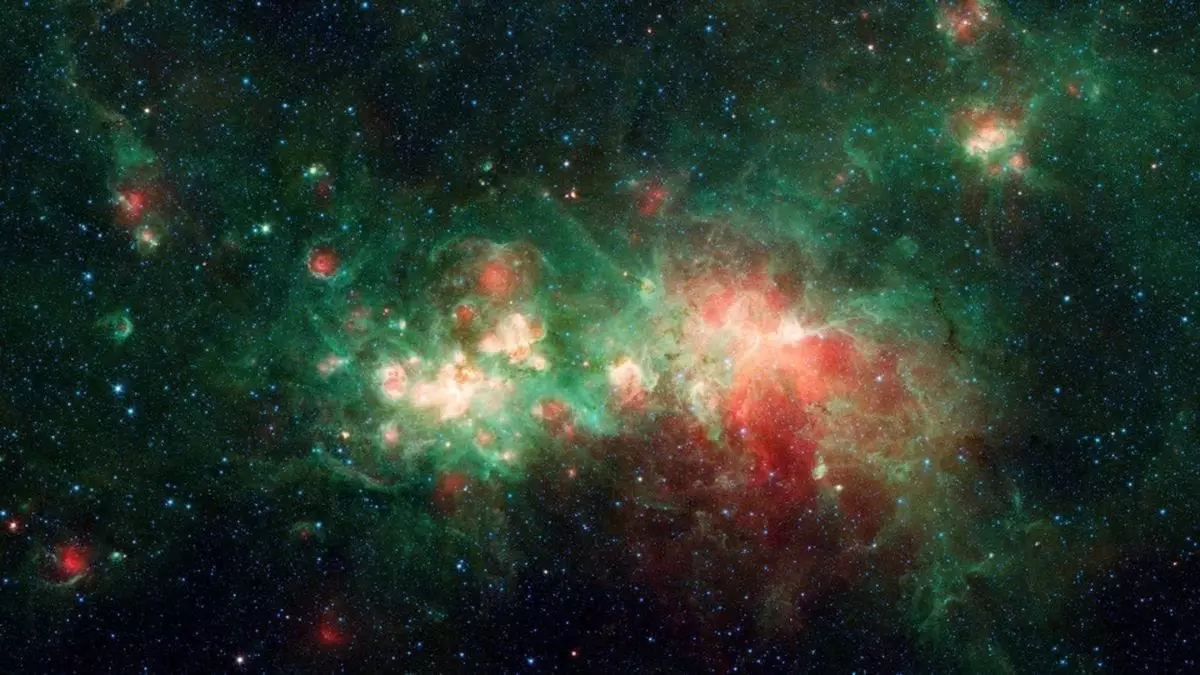Recent investigations into the vast cosmos, spearheaded by a collaborative team from the University of Pennsylvania and Lawrence Berkeley National Laboratory, suggest that the universe’s development might be far more intricate than established theories have proposed. The study, published in the Journal of Cosmology and Astroparticle Physics, draws from two groundbreaking cosmic surveys: the Atacama Cosmology Telescope (ACT) and the Dark Energy Spectroscopic Instrument (DESI). These surveys offer a dual lens through which scientists can examine both the cosmic microwave background (CMB) and the distribution of galaxies, painting a richer picture of cosmic evolution.
By analyzing the CMB lensing data from ACT—capturing light from a time just 380,000 years post-Big Bang—and terrestrial observations from DESI that map millions of galaxies, researchers have been able to integrate early-universe conditions with more contemporary cosmic structure formations. This multi-faceted approach allows for a comprehensive understanding of how cosmic structures emerged and evolved over billions of years. Notably, the integration of these datasets led to revealing potential inconsistencies in the expected distribution of matter, particularly over the last four billion years.
One of the primary conclusions of this extensive research centers around the measurement of Sigma 8 (σ8), a crucial parameter indicating the clumpiness of matter in the universe. Traditionally, models predict a certain level of density fluctuations; however, the new data suggests a lower-than-anticipated σ8 value. This anomaly raises critical questions about the processes governing cosmic structure formation, as it hints that matter has not clumped together in the manner predicted by current cosmological frameworks.
While the results largely align with the tenets of Einstein’s relativity, the minor discrepancy in clumpiness has caught the attention of experts. Mathew Madhavacheril, assistant professor at the University of Pennsylvania, emphasized the importance of this finding, recognizing that while it does not yet challenge the foundational aspects of physics, it opens avenues for further inquiry. The potential influence of dark energy—a mysterious force responsible for the universe’s accelerating expansion—emerges as a compelling avenue for exploration, suggesting that its effects on structure formation may be more nuanced than previously acknowledged.
As researchers look to the future, they are poised to employ advanced observational technologies, such as the upcoming Simons Observatory. This facility promises enhanced capabilities to measure cosmic parameters with greater precision, potentially clarifying whether the observed discrepancies are mere anomalies or indicative of new physical phenomena. The ongoing pursuit of this knowledge not only enriches our understanding of the universe but also challenges existing models, pushing the boundaries of our cosmic comprehension.
This pivotal research lays the groundwork for new dialogues in cosmology, inviting physicists to rethink and potentially refine the underlying principles governing the universe’s evolution. As more data emerges, our grasp of cosmic history and structure is set to evolve, revealing the universe’s complex and compelling narrative.



Leave a Reply